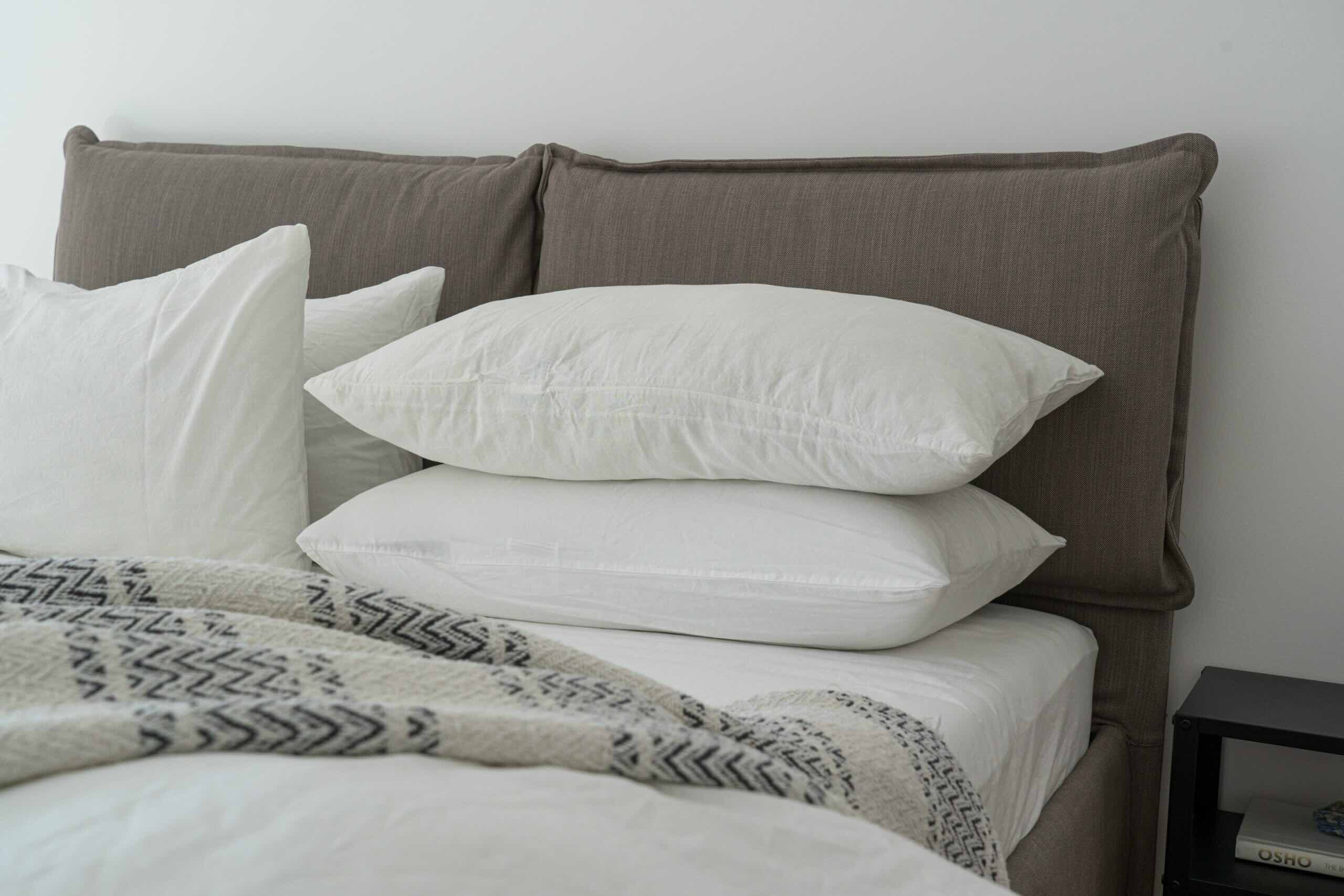

Articles
How To Compress Pillows For Shipping
Modified: December 7, 2023
Learn how to compress and package pillows for shipping in this helpful article. Find step-by-step instructions and tips to save space and protect your pillows during transit.
(Many of the links in this article redirect to a specific reviewed product. Your purchase of these products through affiliate links helps to generate commission for Storables.com, at no extra cost. Learn more)
Introduction
When it comes to shipping pillows, it’s important to ensure that they are properly compressed to minimize package size and reduce shipping costs. Whether you are shipping pillows for personal reasons, such as moving or gifting, or you are a business owner sending out pillow orders, knowing how to efficiently compress pillows is a valuable skill.
In this article, we will guide you through the step-by-step process of compressing pillows for shipping. From fluffing and shaking to folding and rolling, we will cover all the techniques you need to know. So, grab your pillows and let’s get started!
Before we dive into the process, let’s go over the materials you will need:
Key Takeaways:
- Efficiently compressing pillows for shipping involves fluffing, shaking, folding, rolling, securing with rubber bands, placing in poly bags, and packaging in sturdy boxes. This process minimizes package size and reduces shipping costs.
- Properly compressed pillows not only save time and money but also minimize the risk of damage during transit. Mastering this skill ensures that pillows arrive at their destination in excellent condition, whether for personal or business shipping purposes.
Read more: How To Compress Calipers
Materials Needed
Before you begin compressing pillows for shipping, gather the following materials:
- Pillows: Make sure you have the pillows that you want to ship. They can be of various shapes and sizes.
- Rubber bands: These will be used to secure the compressed pillows.
- Poly bags: These bags will provide an extra layer of protection for the compressed pillows.
- Boxes: You will need sturdy boxes to pack the compressed pillows for shipping.
- Void fill material: This can be packing peanuts or bubble wrap to fill any empty spaces in the box.
- Tape: You will need strong packaging tape to seal the boxes.
- Shipping labels: These labels will be used to indicate the destination address and other relevant information.
Once you have gathered all the necessary materials, you are ready to start the compression process.
Step 1: Fluffing and Shaking
The first step in compressing pillows for shipping is to fluff and shake them to remove any excess air. This will help reduce the overall volume of the pillows and make them easier to compress.
Start by holding the pillow in your hands and gently fluffing it. This will help redistribute the filling and loosen any compacted areas. Next, give the pillow a good shake to release any trapped air. You can do this by holding one end of the pillow and vigorously shaking it up and down.
Continue fluffing and shaking each pillow until you feel that they are adequately loosened and freed from excess air. This step is essential for achieving optimal compression.
Once you have fluffed and shaken the pillows, move on to the next step: folding and rolling.
Step 2: Folding and Rolling
After fluffing and shaking the pillows, it’s time to fold and roll them to further reduce their size for shipping. This technique allows you to create a compact and tightly packed bundle.
Begin by laying the pillow flat on a clean and flat surface. Smooth out any wrinkles or creases on the pillowcase to ensure a neat and even fold. Fold the pillow in half horizontally, bringing the top edge down to meet the bottom edge.
Next, starting from the folded edge, tightly roll the pillow towards the opposite end. Apply gentle pressure as you roll to compress the pillow further. Make sure the roll is tight and secure.
Repeat this folding and rolling process for each pillow you want to compress for shipping. Keep in mind that the tighter the roll, the more space you’ll save in the package.
Once you’ve folded and rolled all the pillows, it’s time to move on to the next step: securing them with rubber bands.
To compress pillows for shipping, use a vacuum storage bag to remove excess air and reduce the size of the package. This will help save on shipping costs and make the pillows easier to handle.
Step 3: Securing with Rubber Bands
Now that your pillows are neatly folded and rolled, it’s time to secure them to maintain their compressed shape during shipping. Rubber bands are an effective and convenient tool for this purpose.
Start by wrapping a rubber band around one end of the rolled pillow. Make sure the rubber band is tight enough to hold the pillow in place but not too tight to damage the fabric or the filling.
Next, continue wrapping the rubber band around the pillow at intervals of a few inches. This will help to keep the pillow tightly compressed and prevent it from unraveling during transit.
If you have multiple pillows to ship, you can also use larger rubber bands to secure a group of pillows together. This can make it easier to pack and handle the compressed pillows.
Once you have securely fastened the rubber bands around the pillows, move on to the next step: placing them in poly bags.
Read more: How To Ship A Kegerator
Step 4: Placing in Poly Bags
After securing the compressed pillows with rubber bands, it’s time to provide an extra layer of protection by placing them in poly bags. Poly bags serve as a barrier against dust, moisture, and potential damage during transit.
Take a poly bag large enough to accommodate the compressed pillows. Open the bag and carefully slide the pillows inside. Make sure the pillows are fitted snugly within the bag, but be careful not to exert too much pressure that could potentially distort their shape.
Once the pillows are inside the poly bag, seal it tightly. You can do this by using the adhesive strip on the bag if it has one, or by securing it with packaging tape.
Ensure that the poly bag is securely sealed to prevent any accidental openings during shipping. This additional layer of protection will help safeguard the compressed pillows from dirt, moisture, and other potential hazards they may encounter during transit.
With the pillows safely enclosed in poly bags, it’s time to move on to the final step: packaging the compressed pillows in boxes.
Step 5: Packaging in Boxes
Now that your pillows are properly compressed and protected with poly bags, it’s time to package them in sturdy boxes for shipping. Choosing the right box size is crucial to ensure a snug fit and prevent unnecessary movement during transit.
Select a box that is slightly larger than the size of the compressed pillows. This will allow space for additional void fill material and protection without leaving too much room for the pillows to shift around. Avoid using oversized boxes as this can lead to higher shipping costs and increased chances of damage.
Before placing the compressed pillows inside the box, add a layer of void fill material at the bottom. This can be packing peanuts, bubble wrap, or even crumpled newspaper. The goal is to fill any empty spaces and provide cushioning for the pillows.
Place the compressed pillows on top of the void fill material in the box. Ensure they are positioned securely and snugly. If you have multiple compressed pillows, separate them with additional layers of void fill material to prevent them from rubbing against each other.
Once the pillows are in place, add another layer of void fill material around them. This will prevent any shifting or movement during transit and provide additional support and protection.
Finally, seal the box securely with packaging tape. Make sure all openings are sealed to prevent any accidental openings or damage to the contents during shipping.
If necessary, affix shipping labels with the destination address and other relevant information on the box. Double-check that the labels are securely attached and legible.
With your compressed pillows securely packaged in boxes, they are ready for shipping. Now you can send them off, knowing they are well-protected and efficiently packed.
Conclusion
Compressing pillows for shipping is a simple yet crucial step to ensure a cost-effective and safe transit. By following the step-by-step process outlined in this article, you can effectively reduce the size of the pillows and maximize space in the shipping package.
Remember to begin by fluffing and shaking the pillows to remove any excess air. Next, fold and roll them tightly to further compress their size. Secure the rolled pillows with rubber bands to maintain their shape, and place them in poly bags for an added layer of protection. Finally, package the compressed pillows in sturdy boxes, adding void fill material as necessary.
Properly compressing the pillows not only helps reduce shipping costs but also minimizes the risk of damage during transit. It allows for efficient use of packaging materials, ensuring that the pillows arrive at their destination in excellent condition.
Whether you’re shipping pillows for personal reasons or as a business owner, mastering the art of compressing pillows for shipping will save you time, money, and potential headaches. With practice, you’ll become skilled at this process and be able to efficiently ship pillows while maintaining their quality.
So, the next time you need to ship pillows, remember these steps and follow them carefully. Your pillows will be neatly compressed, well-protected, and ready for a smooth journey to their destination.
Frequently Asked Questions about How To Compress Pillows For Shipping
Was this page helpful?
At Storables.com, we guarantee accurate and reliable information. Our content, validated by Expert Board Contributors, is crafted following stringent Editorial Policies. We're committed to providing you with well-researched, expert-backed insights for all your informational needs.
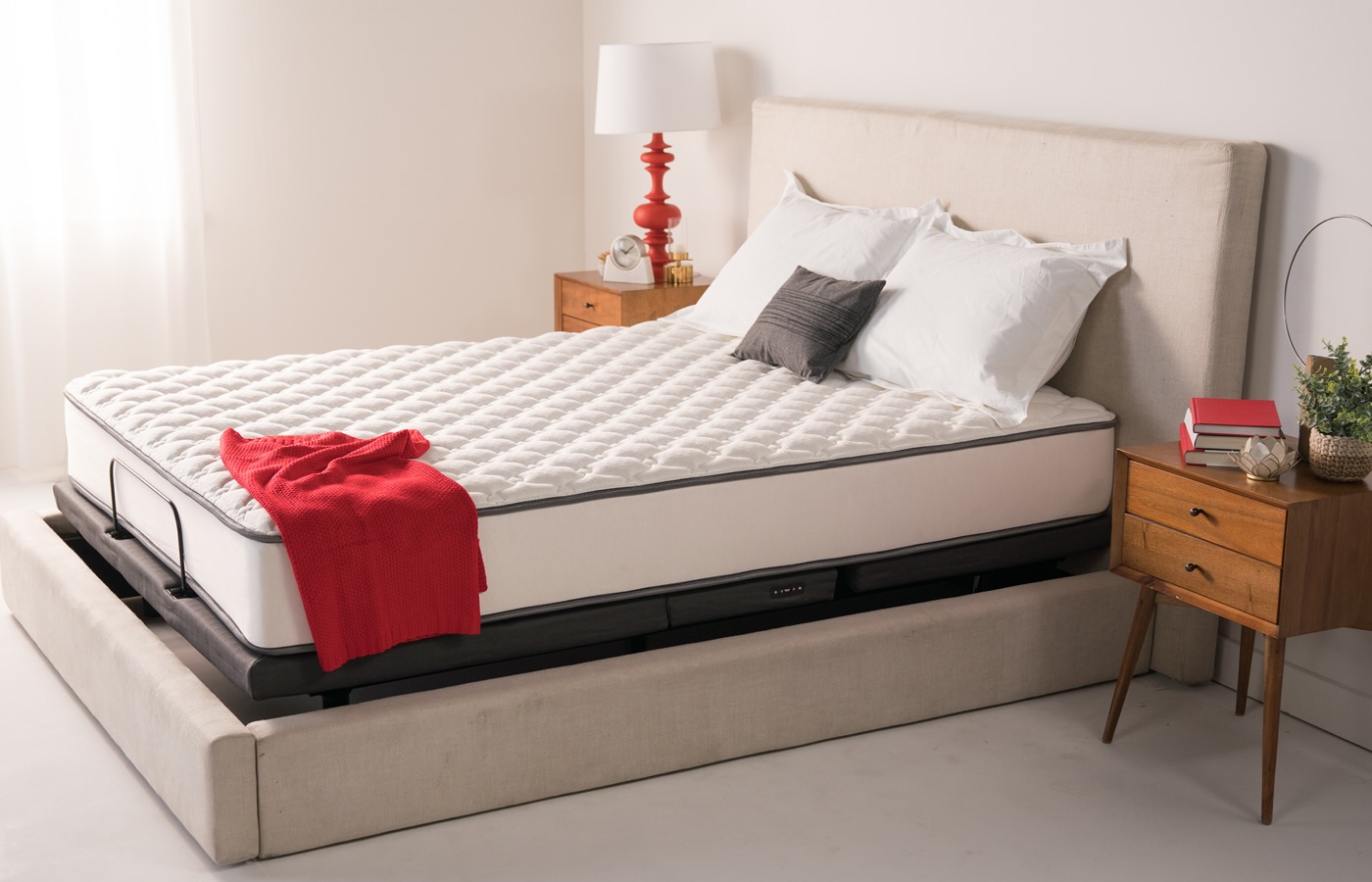
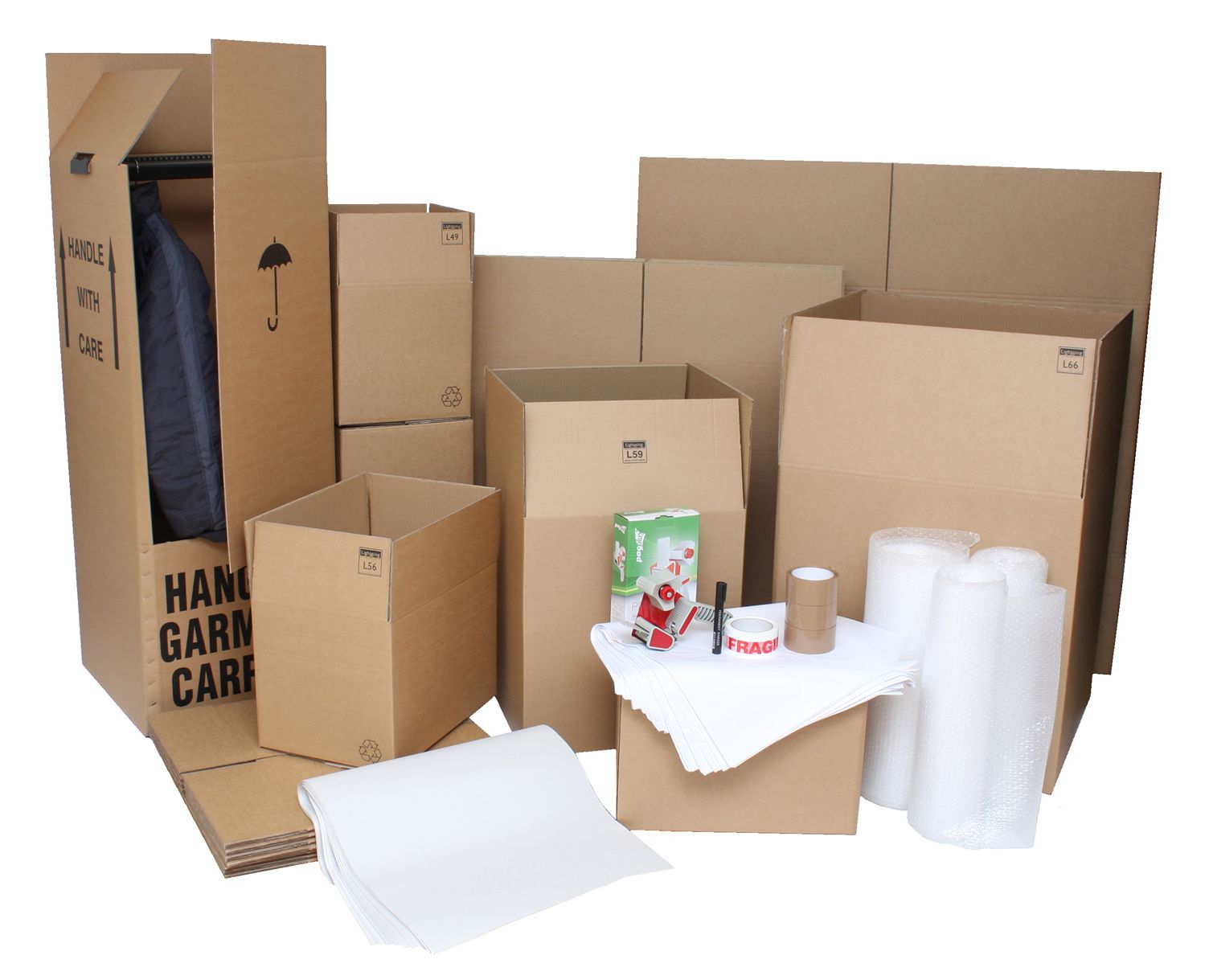
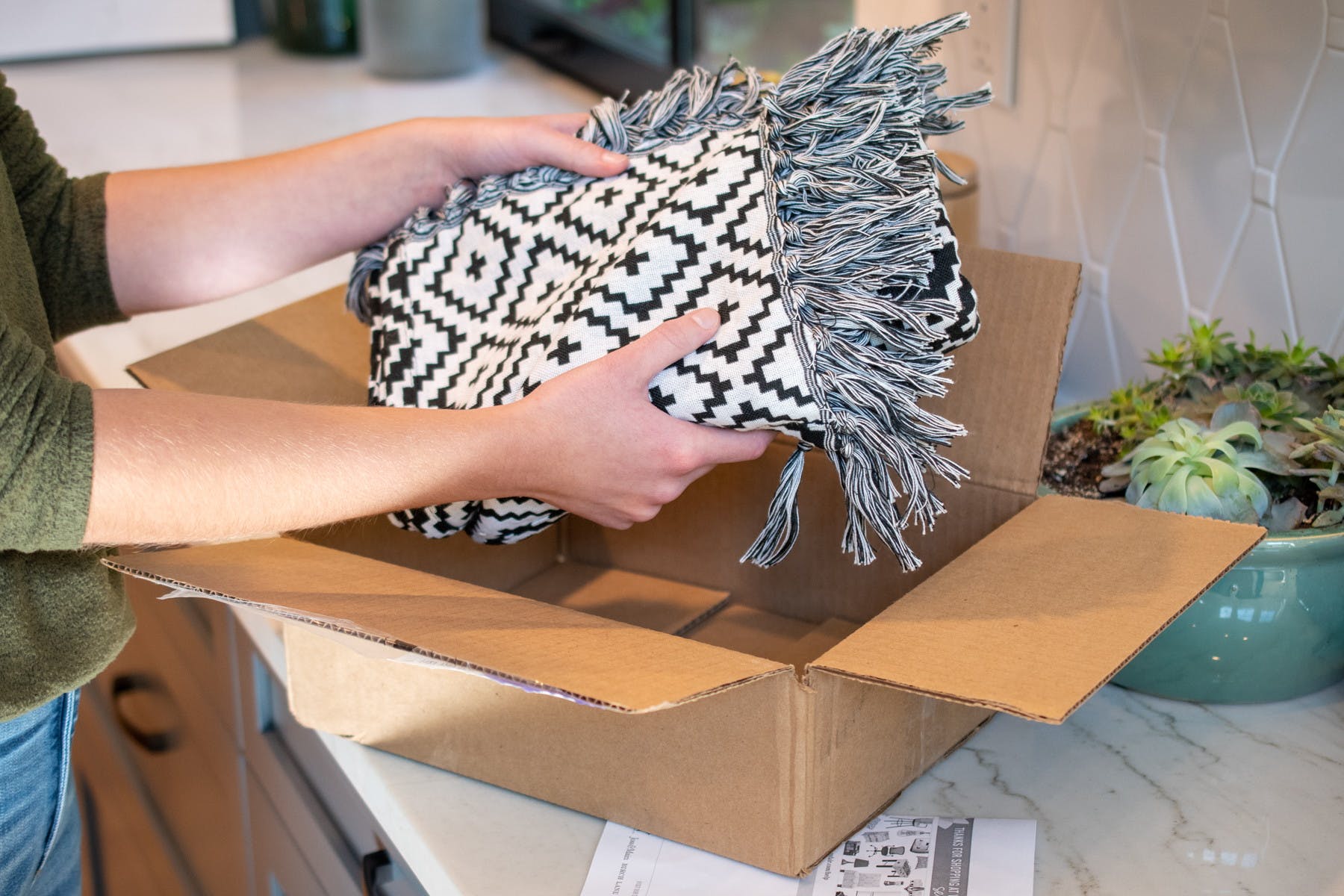
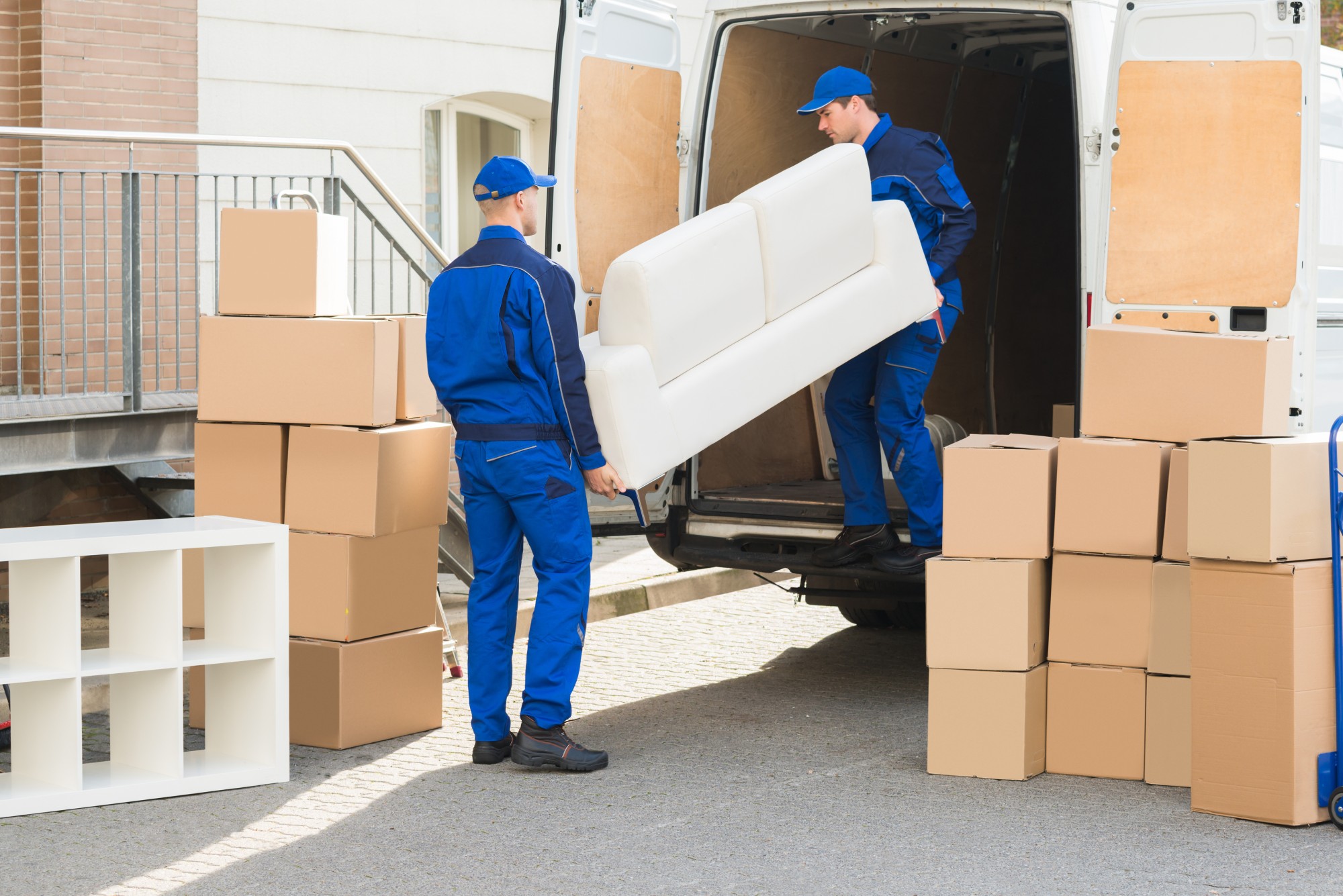

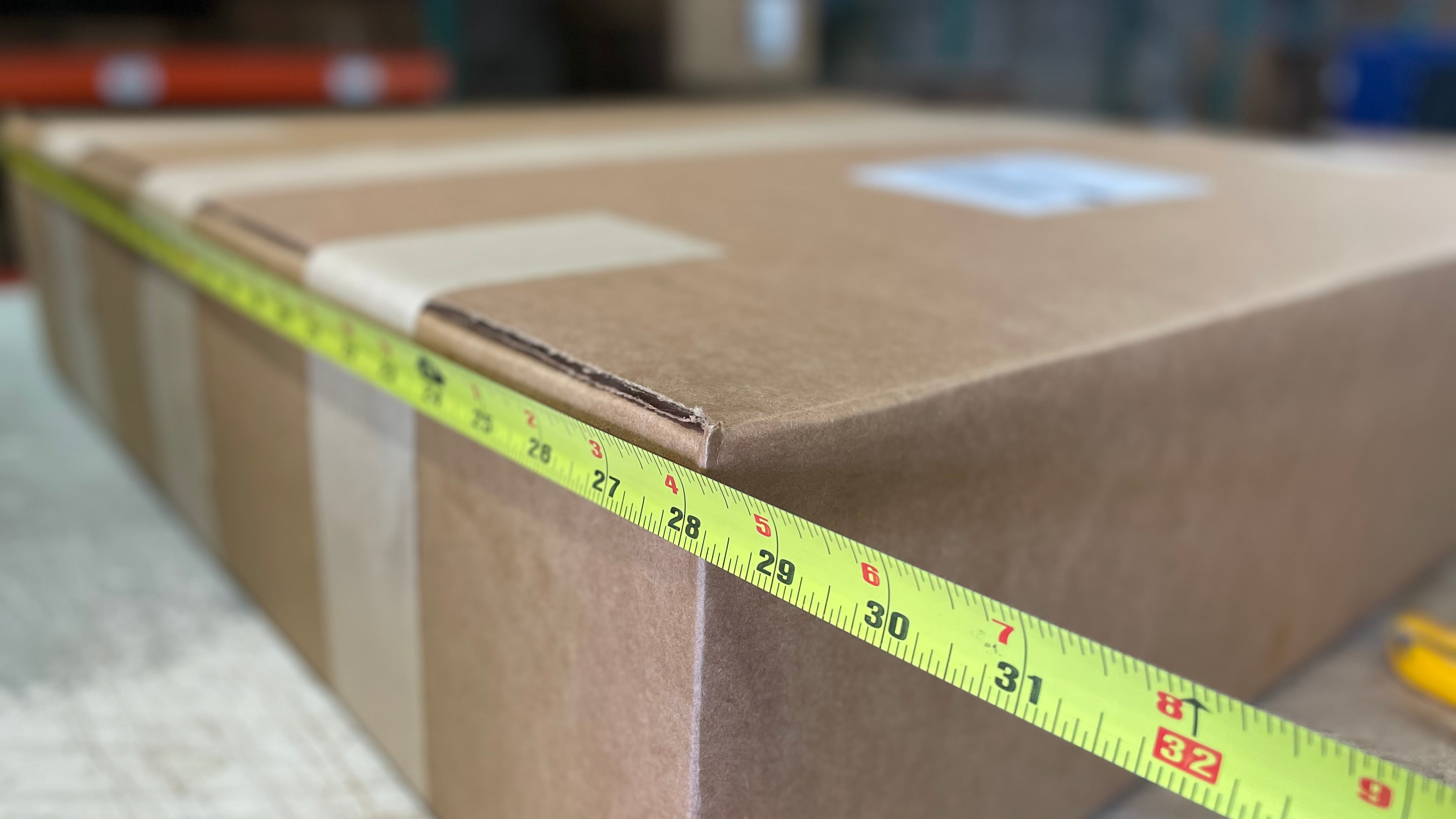
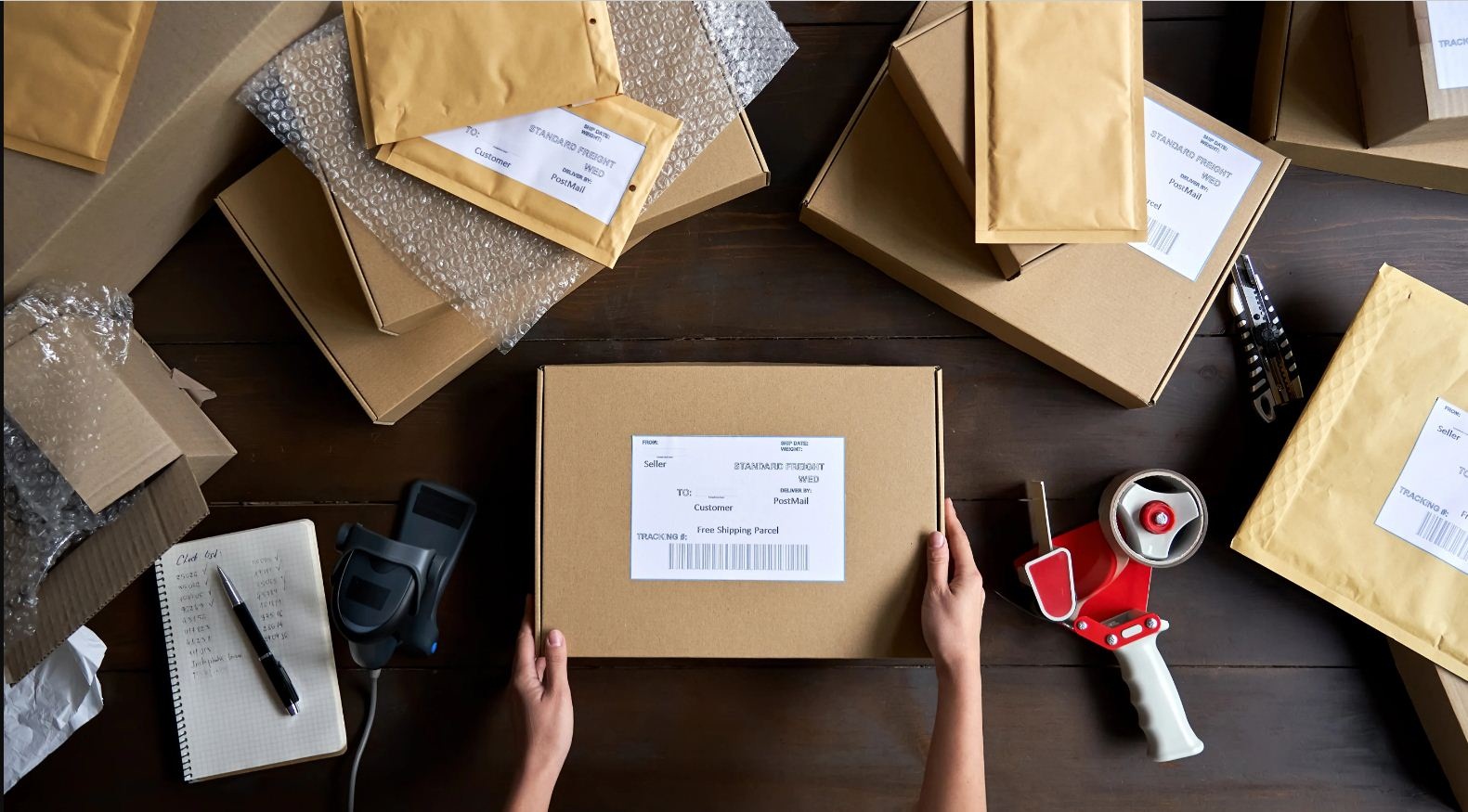
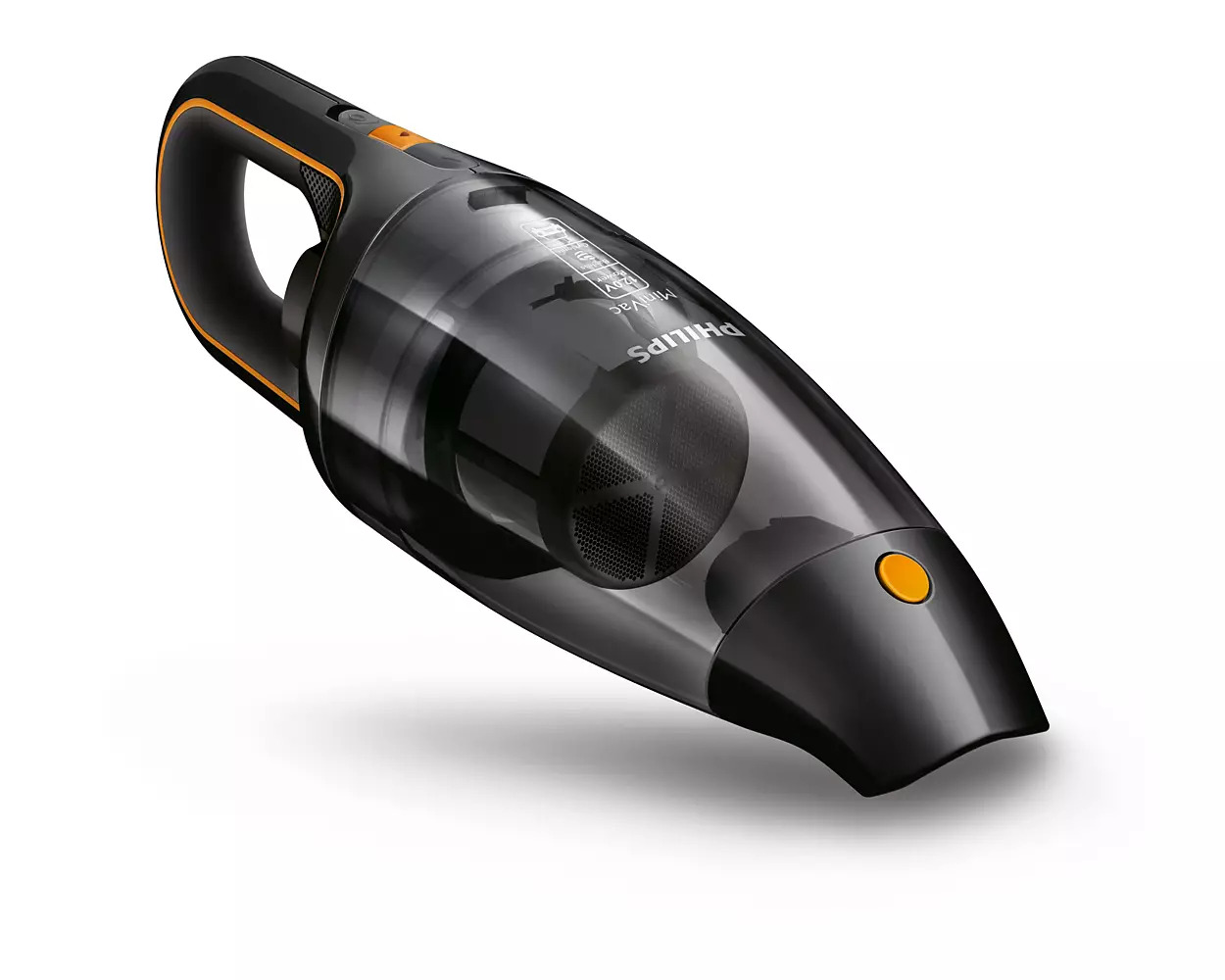
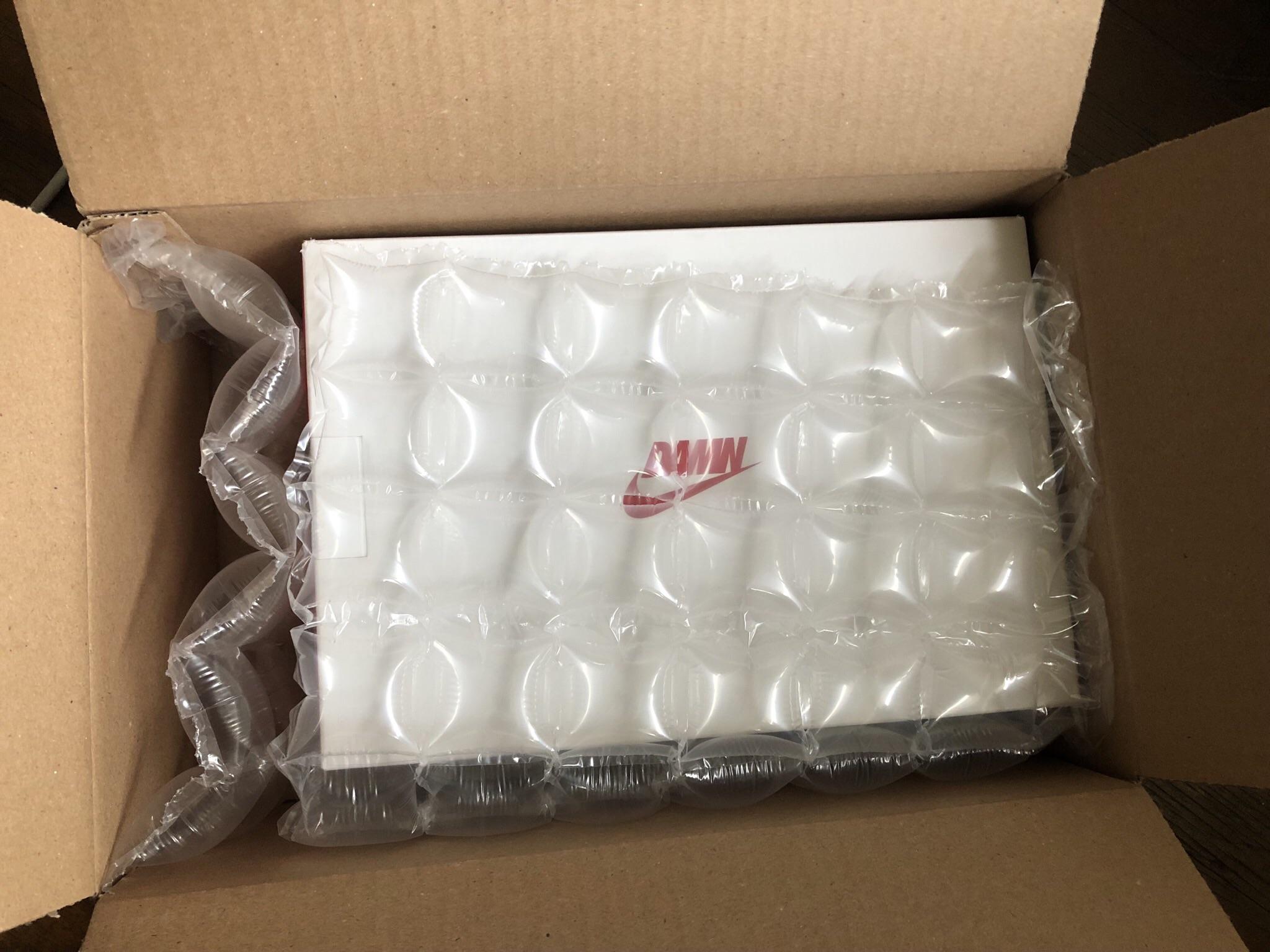
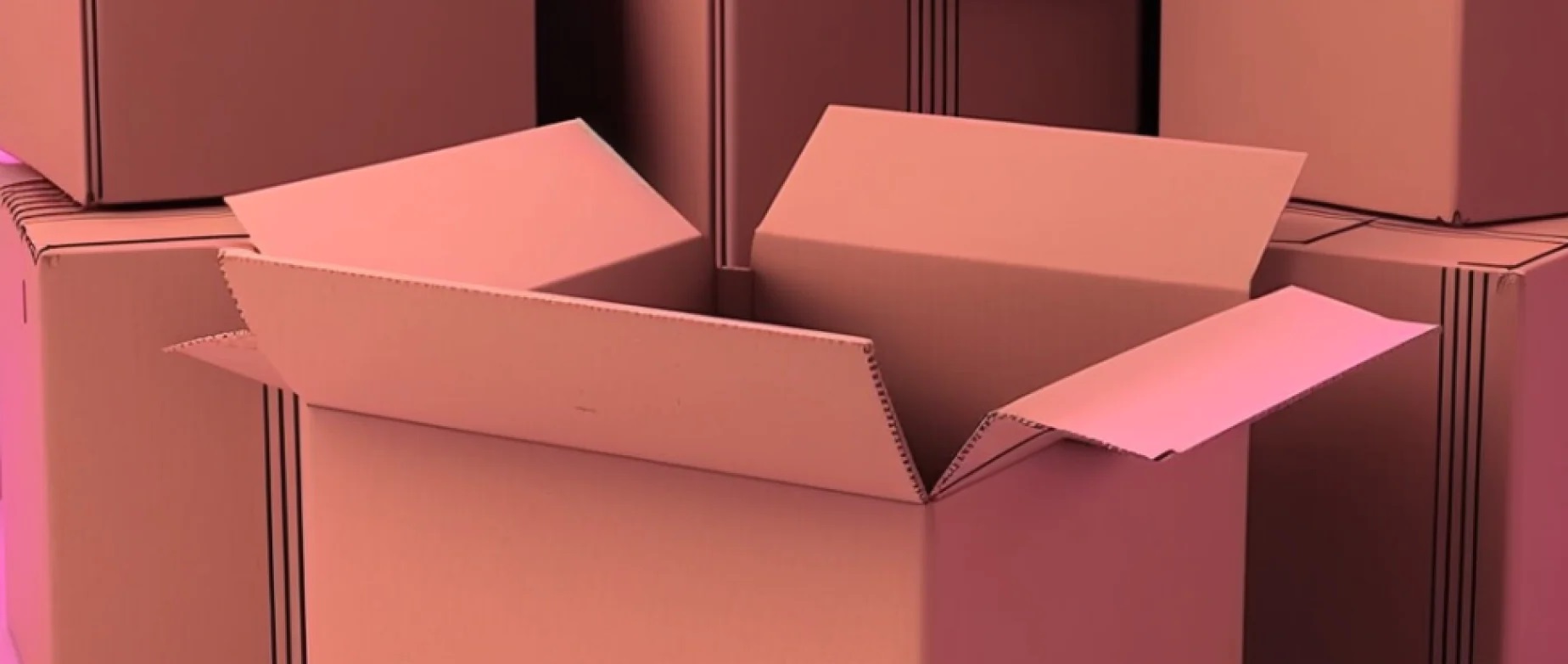
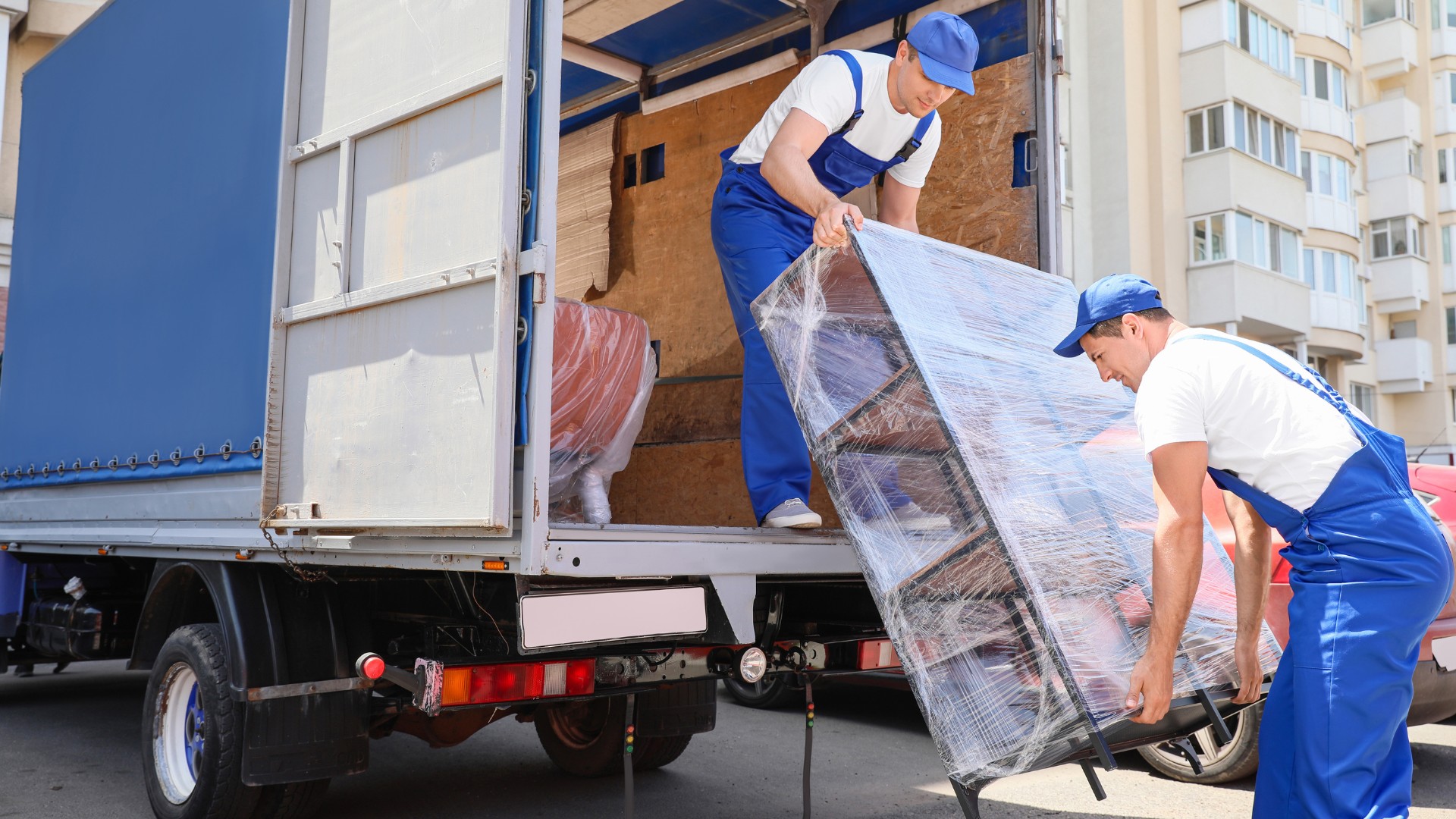




0 thoughts on “How To Compress Pillows For Shipping”